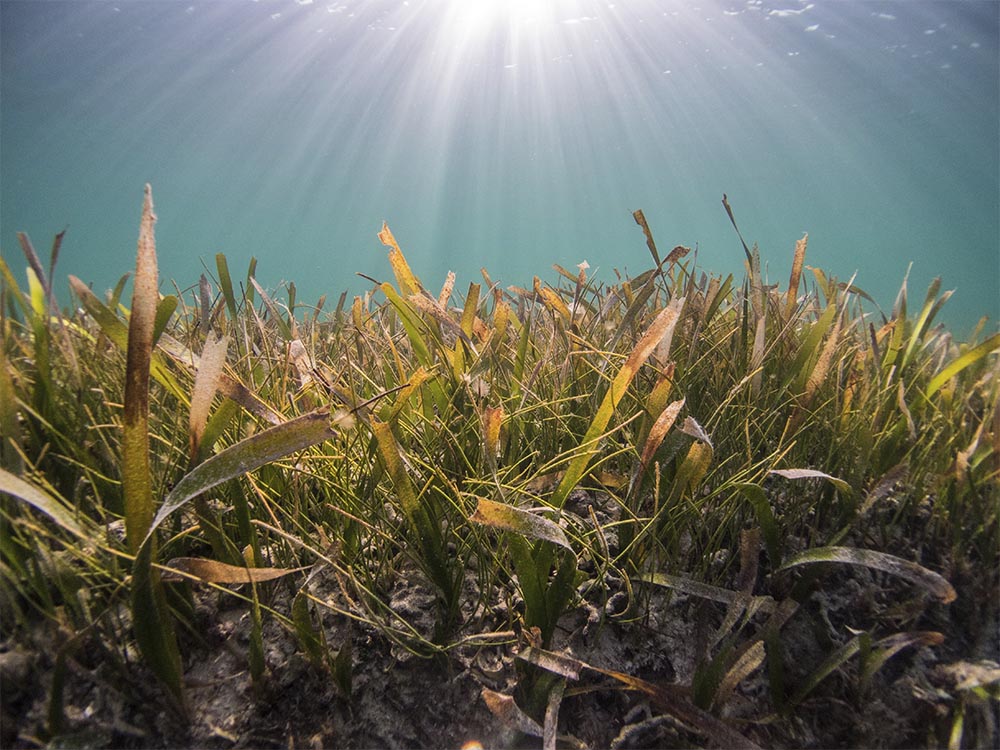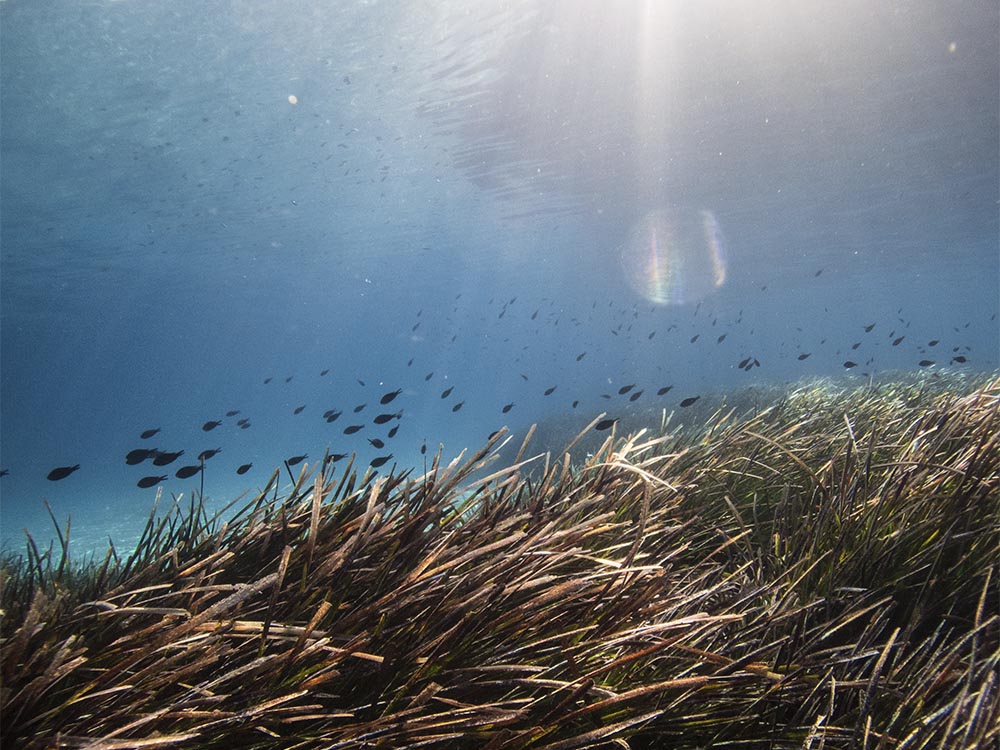POSBEMED
Sustainable management of the systems Posidonia-beaches in the Mediterranean regionProject presentation
Residues of seagrass Posidonia oceanica beached in tourist zones represent often a problem in the Mediterranean. Similarly to seagrass meadows, the leaf debris help to reduce the swell´s energy and can act as a seedbank for dune formation increasing the overall resilience of the coast to natural and climate change effects. However, to ensure that the coasts and beaches remain attractive for tourism, tones of this material are removed and disposed by administrations in many coastal areas, including protected areas (PA). There is a lack of public awareness of the benefits of this natural capital and a strong need for strengthening PA management capacity with adequate guidelines on how to effective manage it.
Several local studies and EU projects have evaluated the ecosystem services that Posidonia and its structures, called banquettes, offer, developed tools for the management of banquettes and new ways to use them. By integrating these results and providing a transnational overview of the management practices, POSBEMED aims to define a transnational joint management strategy for Posidonia beach/dunes systems. It also aims to offer common sustainable tools for local administrators and PA managers and develop a strategic model of integrated governance, which will link blue local growth to the conservation of this natural asset enhancing the integrated management of these coastal habitats (meadows-beaches-foredunes) within PAs.
Partnership
Lead partner
Entente Interdépartementale de Démoustication Méditerranée (France)
4 Partners
6 Associated partners
5 Countries
Key messages
For managers
-
To promote opportunity on the Mediterranean coasts; management, conflicts and opportunities must be considered, to provide a common Mediterranean strategy for enhancing management effectiveness of the Mediterranean coasts and beyond;
-
Guidelines with innovative management tools are powerful tools to enhance local administration and coastal managers capacity across the Mediterranean;
-
Local blue growth and sustainable management can be achieved by improving protection measures and enhancing management effectiveness of the connected habitats of the seagrass banquettes.
For policy
- Posidonia habitats are protected by EU policies but continue to be under threat;
-
The integration of different tools for managing Posidonia beach/dunes into local sustainable growth and good practice guidelines will lead to a more holistic and integrated approach in conservation policies;
- POSEBEMED’s aim is to propose a model of governance and a common strategy for the management of Posidonia beach/dune systems in the Mediterranean Natura 2000 sites and other coastal protected areas.
For science
- Posidonia meadows are vital contributors to the bioremediation of coastal waters and shoreline protection in the Mediterranean;
-
Posidonia residues (withered leaves, fibres, and rhizomes) are regularly stranded and beached ashore, and act as seed banks for dune formation, increasing thus the overall resilience of the coast to natural and climate change effects;
- To ensure that the coasts and beaches remain attractive for tourism, various destructive practices, such as using tractors and heavy machinery to remove tons of this natural capital, are undertaken, even in protected areas with fragile sandy beaches and dune systems.





